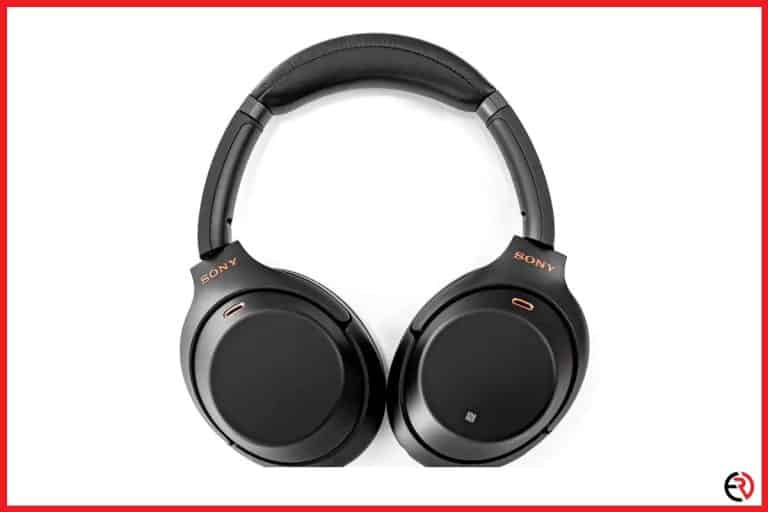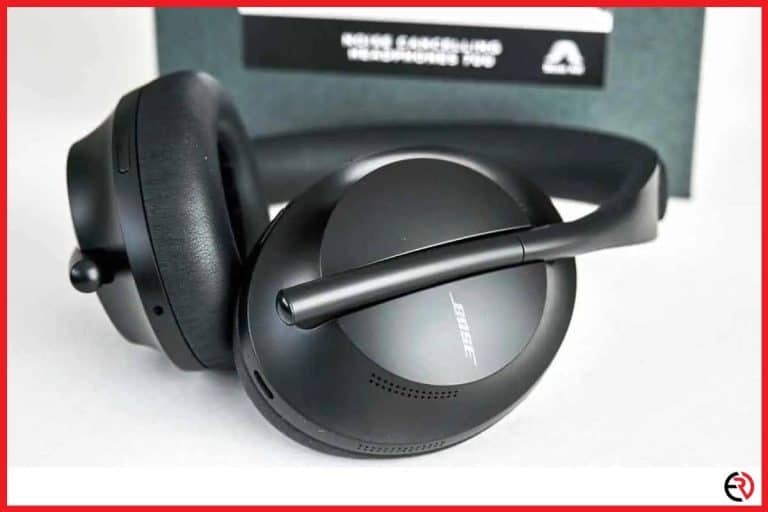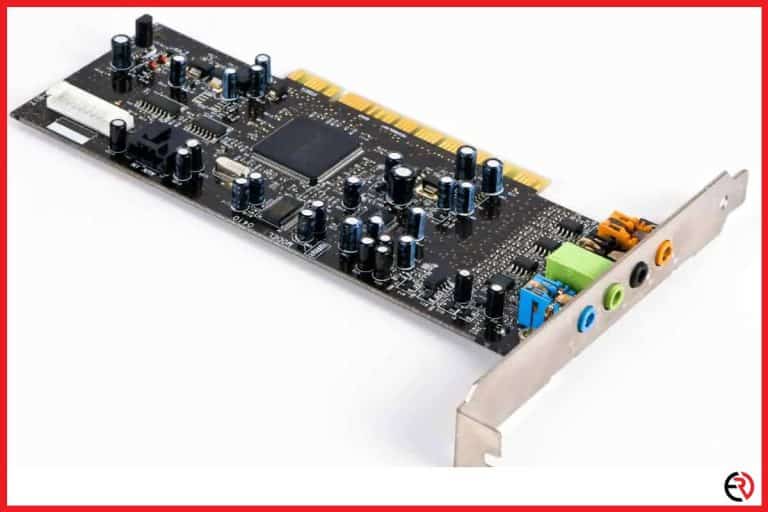Can You Meditate With Headphones?
This post may contain affiliate links which means that, if you choose to make a purchase, I may earn a small commission at no extra cost to you.
More and more people are turning to meditation and with good reason. Mediation can help us with our daily lives, our dreams, and our aspirations.
There is some great information about meditation available. But one of the most important things to remember is not to over-think it! There are reasons to use headphones for mediation and reasons for not using them. There are things to consider like guided meditation, binaural beats, mindfulness, and subliminal mediations, and we discuss all of them here. Read on to start your mediation journey.
It is a common misconception that to meditate successfully we must first still the mind, stop the mind working. Sadhguru says, why would we want to stop the mind after millions of years of evolution have brought us here? He says why are we prejudiced against intelligence? Probably the most important thing to remember if you are new to meditation or finding the practice hard is that to meditate is a personal practice. We will all practice it slightly differently, and we will all experience meditation slightly differently and take different emotions and advantages away from our practice.
So, the question is: Can You Meditate With Headphones?
Yes, you can meditate with headphones. In fact, a lot of guided meditation providers suggest that you do use headphones. However, this is not to be confused with the statement “you must wear headphones”. While some people do and some people don’t with equally good success. Read on to learn more:
Increasingly more and more people are realizing the power of meditation and meditating for a variety of reasons.
For many, it brings inner peace, an opportunity to order the thoughts, and gain a sense of peace. Some meditate to activate their minds and as a way to increase cognitive abilities.
Others do so as a way of gaining insight and clarity of their thoughts. For some, it is a religious practice; a chance to get closer to God or their guardian angels and spirit guides.
Whatever your reason meditation is a powerful tool that more and more of us are using for its health benefits.
Benefits of Using Headphones for Meditating
When we meditate we aim to cut out the background noise and quiet the mind. To do so requires immense concentration and headphones frequently help us to leave the everyday sounds behind and concentrate our minds. Especially for those new to the practice distraction from unwanted noise can bring your mind back to pay too much attention to that noise; pulling your mind away from wherever you want it to be.
Meditating is a ritual, or it certainly soon becomes one, and the simple act of putting on headphones can start the ritual and prepare our minds for the meditation to follow. An advantage of creating meditation as a habit is that like most muscles, the brain improves with exercise.
The Headphone I Use!
The Headphone I use in my meditation settings is Bose QuietComfort 35 II.
They have a great noise-cancelling feature which is great for blocking out unwanting sounds during meditation.
The sound quality is very good and they are also quite comfortable to wear. However, If I use them more than 1 hour at a time, they can be a little sweaty around the ear.
The price is pretty good based on all the features this headphone offers. Check out the latest price on Amazon.
Guided Meditation
When you start the practice of meditation at home, it is often easier to do so using a guided meditation via an app or website. Many of these will recommend the use of headphones to enhance the experience. Frequently, these practitioners have gone to a lot of effort to create sounds in stereo designed to help the beginner with their journey into meditation; and therefore, it is highly advantageous to use quality headphones.
There are many advantages of guided meditation, not least the commitment of making time and space in your day to do so. The practitioner will have prepared the meditation with an aim in mind, and you can benefit from their expertise to guide you towards the outcome you seek. When it’s finished, you can remain for a moment, but when you have finished, you simply remove the headphones and go on with your day.
Why you Should Not Use Headphones
Purists will say that guided meditation is not meditation in the purest form. They may well argue that the act of meditation is a stillness, whilst simply listening to the sounds of nature, and any other sounds that arise around you and allowing your mind to wander.
Some will argue that to hear an unwanted sound, you acknowledge it and then ignore it. Generally, meditation practice on retreats is without headphones; the participants are taught the art of hearing what is around them without concentrating on the sounds. The sounds become irrelevant to the journey the mind is taking, although at times tools such as singing bowls are used to enhance the experience.
Can You Listen to Music While Meditating?
As already mentioned meditating is a personal experience; undertaking meditation is an entirely personal and singular experience.
How different people approach meditation and their reasons for doing so vary immensely, and many people choose to listen to music when they meditate. Just as putting on the headphones can be part of the ritual, putting on particular music or sounds have the same effect and can help to gain the meditative state sooner or more fully than without the music.
Popular choices are things like gentle classical music, soft ballads of popular music, Gregorian chants, or Tibetan singing bowls.
Other noises that work when meditating include:
- The sound of the Ocean
- Birdsong
- Wind through Trees
- The sound of a stream bubbling over rocks
- A waterfall
- Whale noise
Binaural Beats and Headphones
Of course, some people choose to listen to binaural beats whilst meditating or as a form of meditation. Because of the way, this form of music therapy works; whereby different frequencies are heard by each ear, you should use headphones when utilizing binaural beats.
Mindfulness
Mindfulness is a form of meditation that is now used in schools to help students learn to concentrate. The aim of practicing mindfulness is to wake up to being in the present moment, an awareness of where we are, what we are doing, and why we are doing it.
It is a tool that works to aid concentration by consciously working on our mental, emotional, and sometimes physical awareness. Mindfulness works to reduce stress and increase overall happiness. Headphones can help with mindfulness by removing the external distractions whilst the wearer learns the skill of concentration.
Subliminal Meditation
Take a look at Youtube and pop subliminal meditation into the search bar. You are likely to be met with a seemingly endless list of subliminal meditation videos to help you with everything imaginable from making millions, to being happier.
But first, what are subliminal messages? Well, not to be confused with subconscious messages, subliminal messages including those used in subliminal meditation are something that affects the mind without us being consciously aware of it. We cannot identify a subliminal message; however hard we look for it.
Subconscious messages are identifiable if you look for them. If you decide to use subliminal meditation via Youtube or an alternative source, you a likely to find that the experience is enhanced by the use of headphones.
Meditation and Mindfulness Apps
Just as mediation and mindfulness are increasing so are the number of apps to serve the need. These apps can be a useful tool to keep on your phone to help with stress and anxiety or to use at home for general meditation practice.
When searching for the right app, it is best to start with what you require from it. Remember, meditation is a very personal experience, and what suits someone else may not suit you.
The best known are Calm and Headspace.
Calm features the calming noises of nature, exclusive music tracks, and 10-minute video series.
Headspace helps you learn the fundamentals of mindfulness and meditation and has a 10 step basics course. Others include:
Conclusion
You do not need headphones to meditate. However, you can significantly enhance the experience by using them. Using headphones when we are new to a meditation practice can be the difference between continuing with the meditation journey or giving it up fairly promptly due to being disillusioned that it is something that is too difficult.
We can all meditate. Indeed we should all meditate; the true art of meditation is not trying to be as good as someone else or to do so with or without props or guidance.
Meditation must be a purely self-serving practice. Especially if it is the only selfish thing you do for yourself, it is even more important to continue the journey of meditation.
By using meditation, we can make ourselves a better person; that better person is in a better position to help others, achieve more, function higher, and become happier. Please give it a go!









